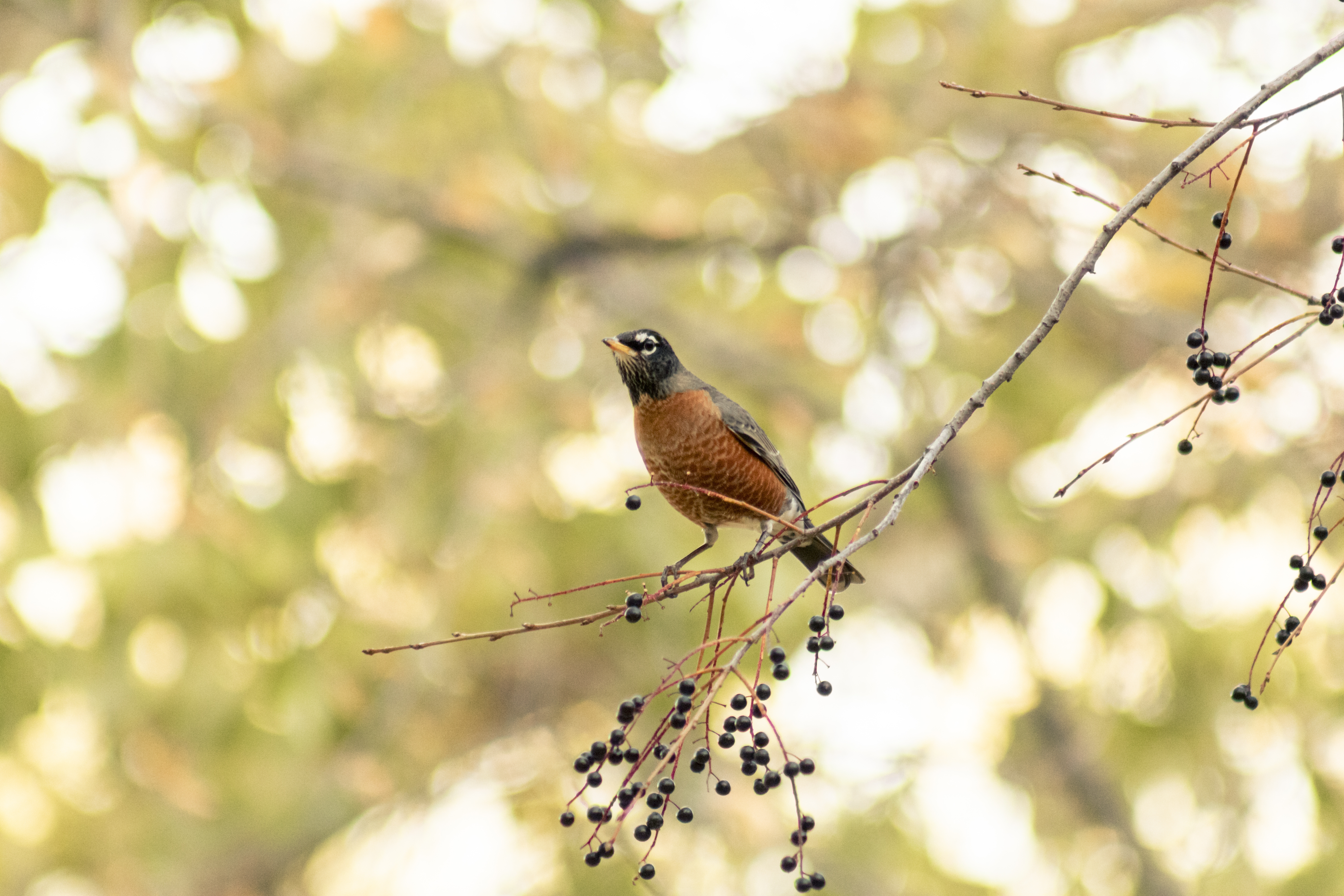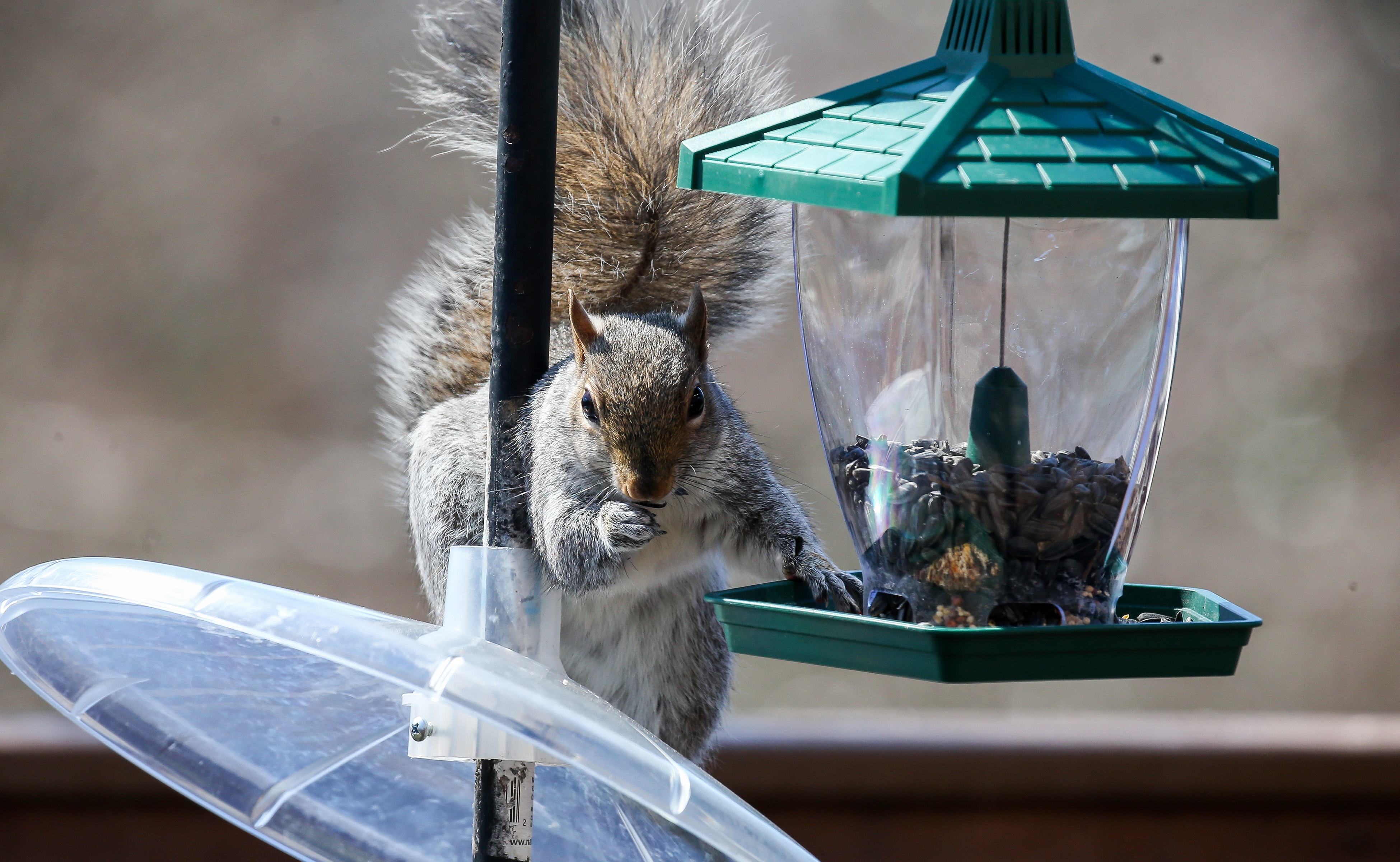Some gardeners embrace all forms of wildlife in the garden, including birds and squirrels, while others go to great lengths to get rid of them. Regardless of your philosophy on garden wildlife, there’s no denying the fact that birds and squirrels have the capacity to gobble up potential harvests at an alarming rate.
So what is the best way to prevent bird and squirrel damage in the veggie garden?
Provide alternate food and water sources
Information is mixed on whether it’s a good idea to provide food and water for birds and squirrels in the garden. The reasoning behind providing food and water is that birds and squirrels will be less likely to go after your garden produce if there’s another source of food and water more readily available. Water is important in addition to food, as when a bird or squirrel takes a bite out of a juicy tomato or cucumber they’re often looking for the moisture.
Many sources say that providing food and water isn’t a good idea as it can make your yard more attractive to birds and squirrels and worsen the problem. To help ensure that providing food and water is an effective strategy and not just an invite to an all-you-can-eat garden buffet, keep some distance between the food and water source and the rest of your veggie garden. You’ll also need to be consistent- if there’s no food available and the water dries up, critters could turn to your garden instead! Ideally, plant plants that birds and squirrels can enjoy and that you don’t mind them eating. If you use deterrent techniques in and around the garden along with providing a food and water source away from the protected area, birds and squirrels may be less likely to spend their energy trying to get at your precious veggies.
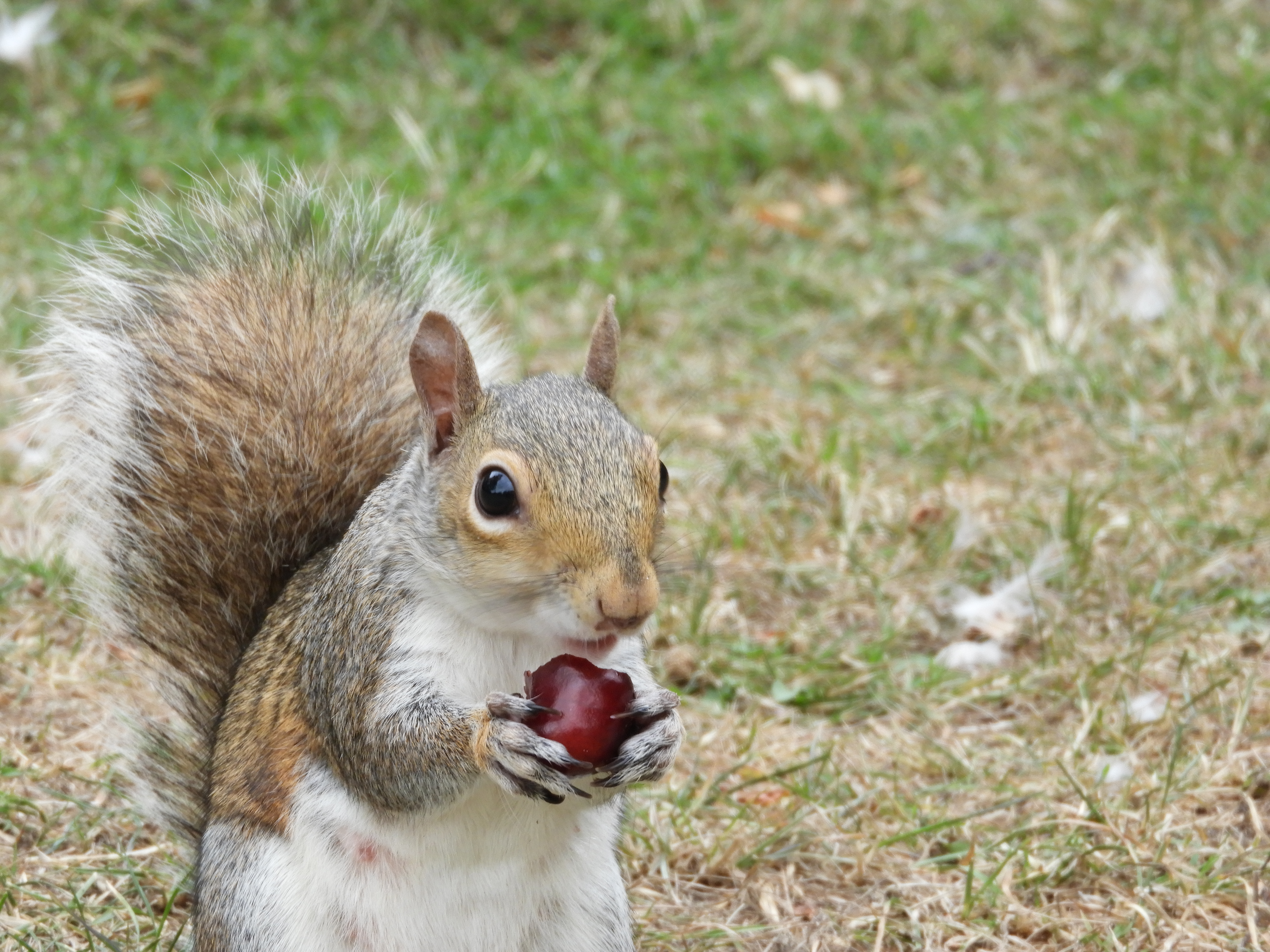
Use bird and squirrel deterrents
There’s plenty of suggestions online for bird and squirrel deterrents, such as scarecrows, plastic owls or snakes, and shiny CDs or pie plates suspended on strings. Physical deterrents like these can help for a while, but birds and squirrels are smart and soon figure out that the deterrents pose no real threat. If you’re looking to protect plants just for a short time, such as while newly-sown seeds are germinating, physical deterrents may help. Moving the objects around regularly and changing up which deterrents you can also help to put off the birds and squirrels a while longer, but even then they might catch on. Some gardeners use motion-activated sprinklers to deter wildlife, but their ability to sense squirrels and smaller birds may be questionable. If you happen have a dog that you can safely let out in the garden (i.e., without damaging your veggies), they are probably the most effective bird and squirrel deterrent around!
Plant unappetizing plants
While many garden plants are attractive to squirrels, there are some plants they dislike. Interplanting unappealing plants strategically throughout the garden may help to conceal and protect the the more enticing plants from squirrels.
Squirrels tend to avoid daffodils, alliums (including onions and garlic), geraniums, native goldenrod, hyacinths, and mint (friendly PSA- remember to keep mint contained!)
Birds may be trickier to deter by planting specific plants, although some sources suggest that they are put off by garlic, citronella, and mint.
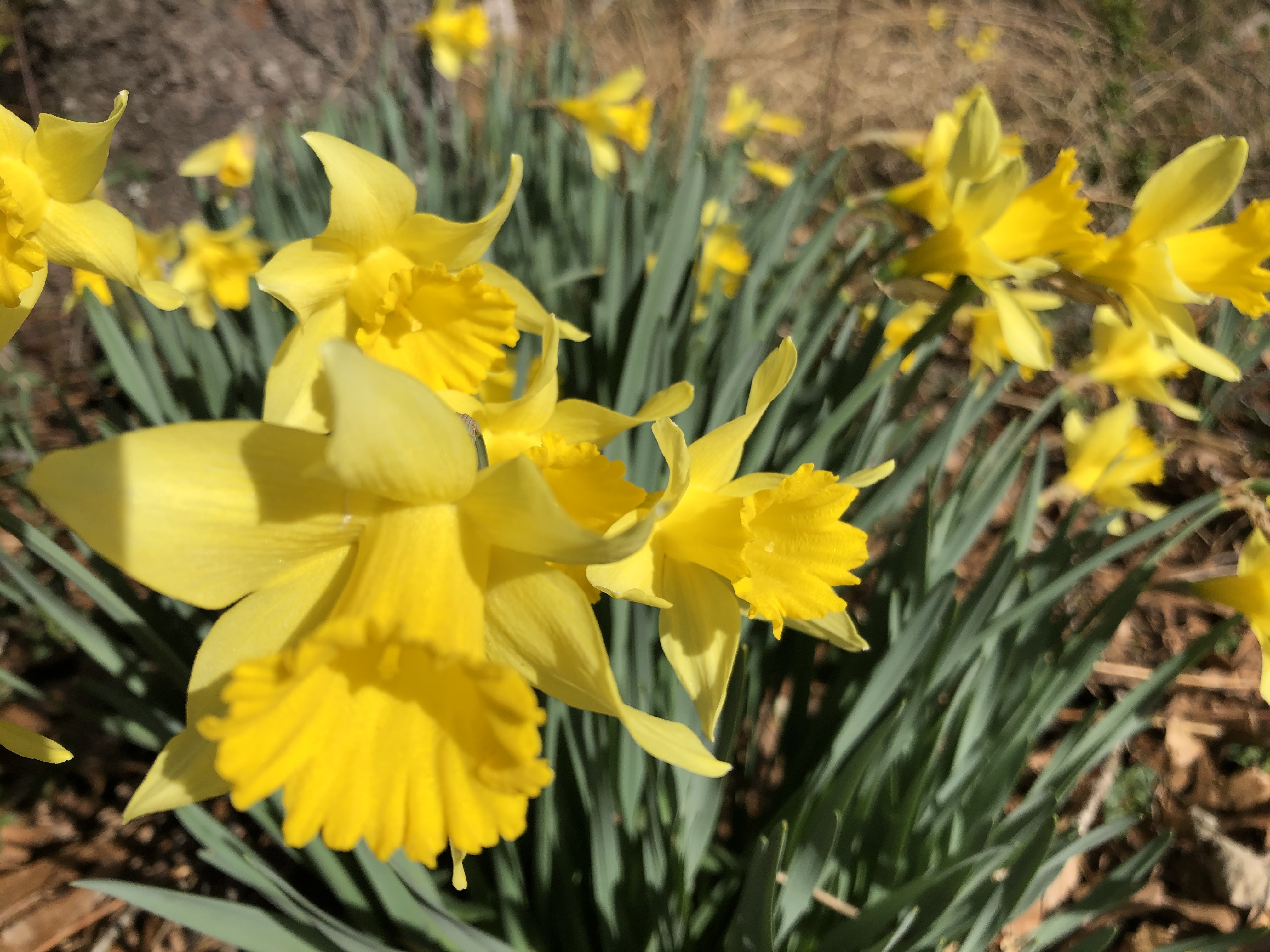
Apply bird and squirrel repellents
Another way to keep birds and squirrels away from the garden is to use repellent substances. Chili powder is a well recognized squirrel repellent, but it doesn’t affect birds. Chili powder can be sprinkled around plants or used as a spray- but be careful not to spray it on plants you intend to eat soon! A spray made of crushed garlic can also be an effective repellant but can leave a garlicky aroma on your plants- again you’ll want to avoid spraying anything soon-to-be-harvested! There are also commercially available deterrent products such as Bonide Repels-All (which works on squirrels and other mammals, but not birds). Some studies show that the active ingredient in Bird-Stop (methyl anthranilate, a derivative of concord grapes) can be effective at deterring birds, while other studies do not support this claim. This is also an active ingredient in grape Kool-Aid so if you only have a couple small shrubs or trees to protect it may be worth a try. Mix four packets of grape Kool-Aid in a gallon (3.8L) of water, then spray the plant and the ripening fruit. There is also some evidence to suggest spraying plants and fruits with a mixture of 5 pounds of table sugar dissolved in 2 quarts (1.9L) of hot water can help to repel birds.
Be sure that the repellent product you choose will repel the critters you need it to and can be used in the garden around edible plants. Keep in mind that repellents will need to re-applied fairly regularly to remain effective, especially after rain.
Install bird netting and squirrel-proof fencing
For heavy-duty protection against bird and squirrel damage, you may want to use netting or fencing to protect your crops.
When it comes to using bird netting, you’ll want to be careful about the netting you choose and how you install it to ensure birds and squirrels don’t become tangled and die. Look for a high-quality, UV-treated netting that will last for multiple seasons. You’ll want to find netting with holes less than 1/4" (6 mm) wide that will not trap birds, and make sure it is stretched relatively tightly as floppy, tangled netting can also ensnare birds. Use stakes or build a support frame to secure the netting and keep it taught. A determined squirrel can likely break through bird netting but it may be enough of a hassle that they choose to look elsewhere for food.
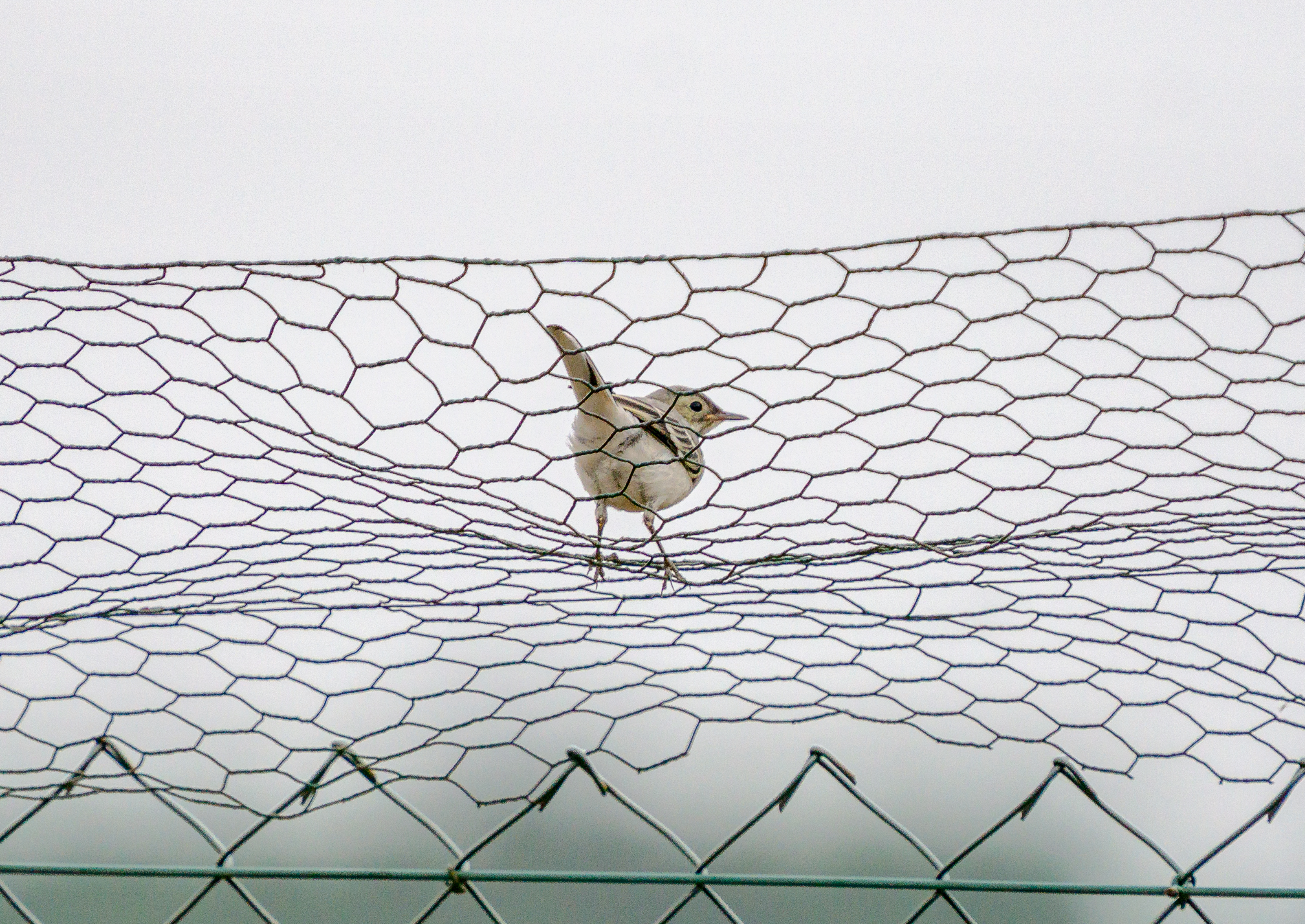
If you’re planning on using fencing, keep in mind that squirrels are excellent climbers (and of course birds will fly over any fence). You’ll need to cover the ‘airspace’ above your garden beds and not just the sides. Chicken wire, or better yet hardware cloth, can be used to fashion protective cages or boxes around your plants. Squirrels can also dig so you’ll want to bury the bottom edge of the cage or fence at least 6 inches below the soil. If you’re mainly interested in discouraging birds and squirrels from digging up newly planted seeds, you can loosely tent chicken wire over the seeded area and fasten the edges (or attach it to the edges of a raised bed) then remove it once your seedlings start to grow.
Ultimately, the decision of how best to manage birds and squirrels in your garden comes down to your gardening style and how big of a threat birds and squirrels are. If you enjoy wildlife in your garden and are OK with some potential losses, a more hands-off approach will suffice. If you’re dealing with a large population of birds or squirrels and you want to keep losses to a minimum, you’ll likely want to invest in bird-and-squirrel-proof infrastructure. So long as the technique is humane and makes you feel satisfied in your own garden, that is the best approach!
